R-mount standard lens SUMMICRON R 50mm
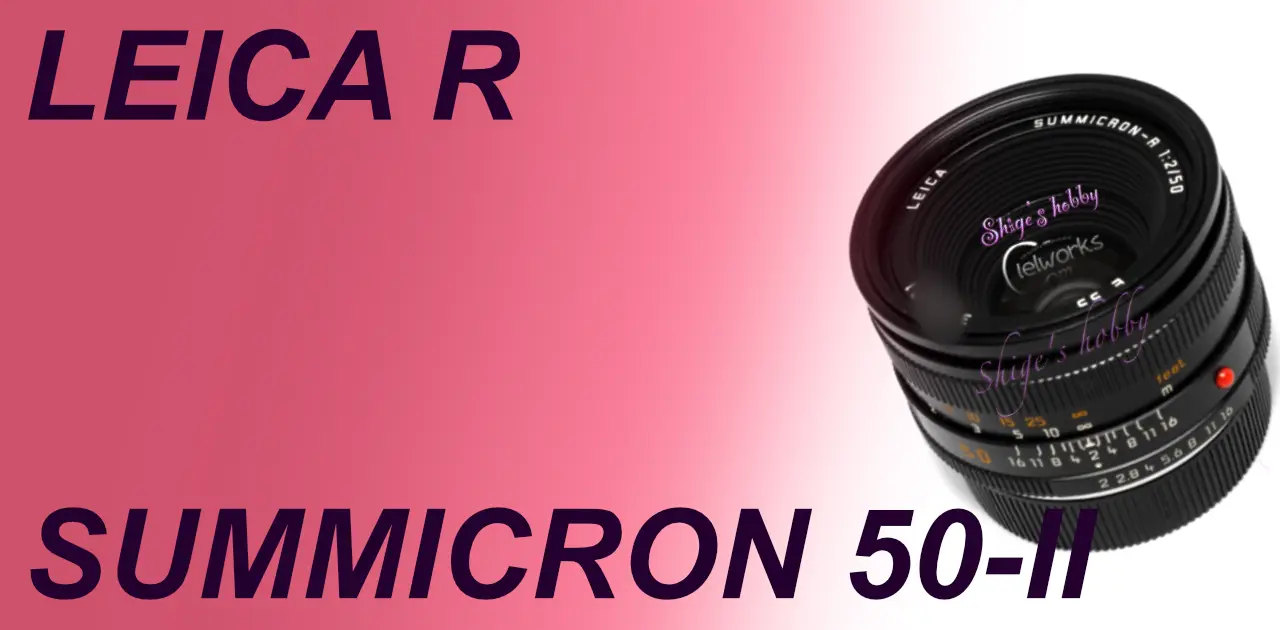
A review and Photo example the LEICA SUMMICRON R 50mm with the HASSELBLAD X2D-100C and CANON EOS 1Ds Mk-III.
Table of contents
Gallery
Sample photo by CANON EOS-1DsMKIII
Review
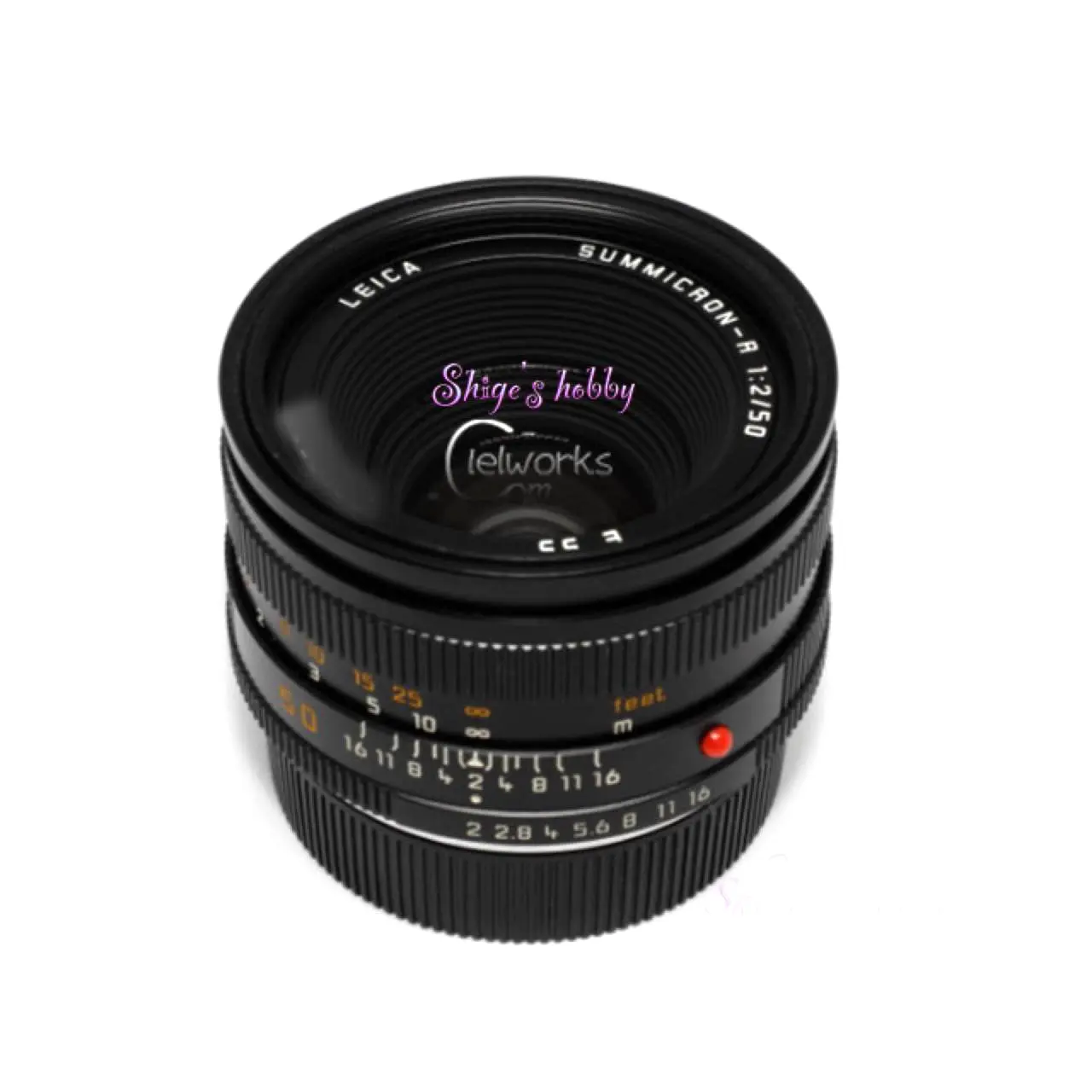
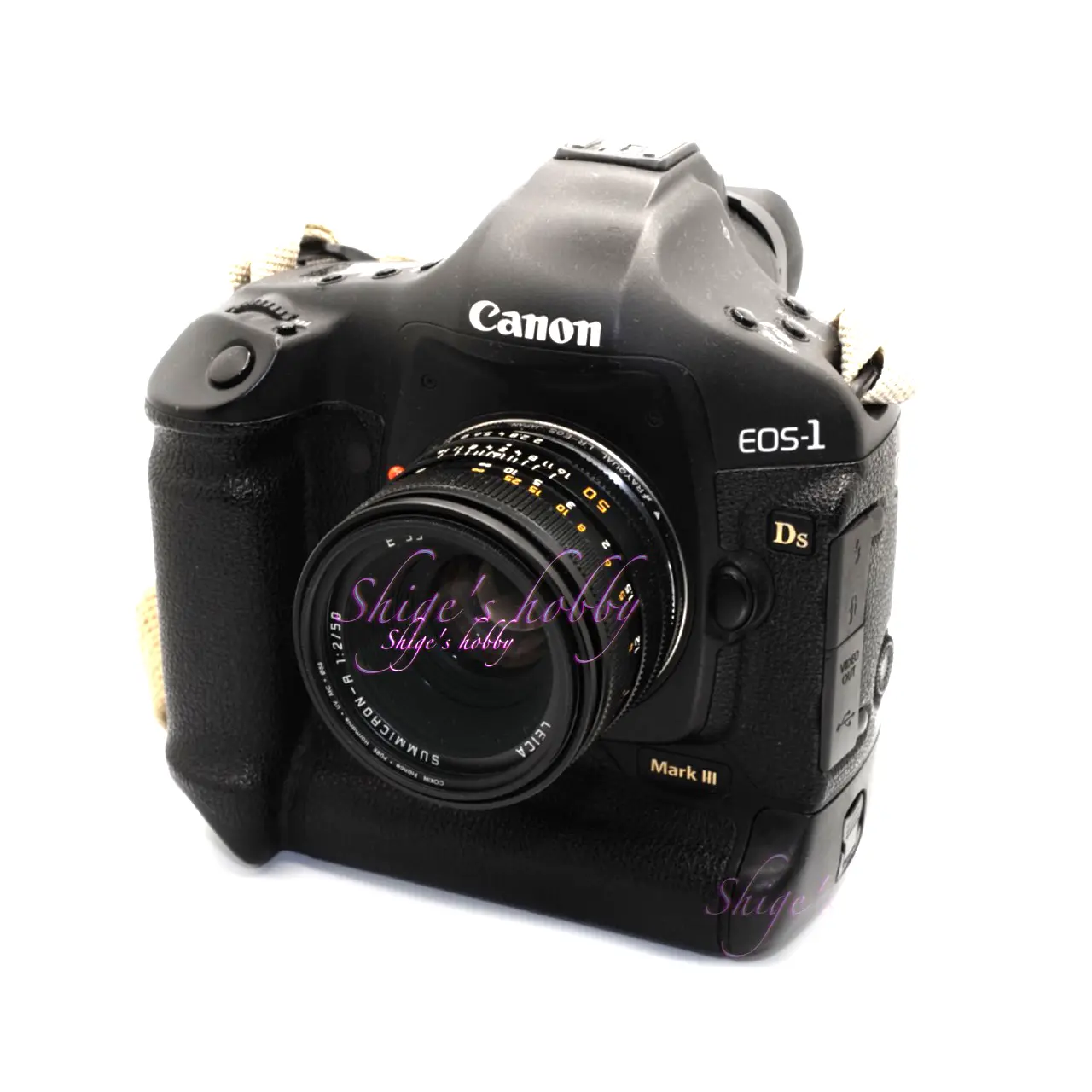
1.Overview
The Summicron-R 50mm is a so-called standard lens with a focal length of 50mm for Leica SLR cameras.
There are old models with a separate hood on the lens barrel, and new models with a built-in hood.
The lens configuration is a standard Gaussian type with six elements in four groups, which is not significantly different from older SLR lenses from other companies. The minimum focusing distance is 0.5m, and the aperture has six blades, making it a very ordinary lens.
Old Summicrons come in 1-CAM, 2-CAM, and 3-CAM versions, and since there are many of them, some may have been modified to ROM, but I have never seen one. New Summicrons come in 3-CAM, R-CAM, and models with a ROM terminal. The lens used for this introduction is the new lens with a ROM terminal.
2.Usability
The Summicron R 50mm F2 manual lens has a good focus ring feel. The angle from infinity to 0.5m is appropriate and satisfactory, and the results are free of major flaws.
The R-type Summilux is a big presence in the 50mm focal length lenses for Leica SLRs, so it’s hard to find a reason to choose the Summicron. I’ve bought and sold this lens about three times.
When I used it on a Canon SLR via a mount adapter, I liked the ease of focusing at full aperture F2 and the good yield of the results.
There are times when it’s difficult to focus with the Summilux’s full aperture F1.4, and when I look at the results, the focus is sometimes not on the intended spot. However, this can be avoided by using the EVF on a mirrorless camera, so it’s a problem that only occurs with SLR photographers with poor eyesight.
The Summicron lens barrel is 43mm, 8mm shorter than the Summilux, and when attached to a large EOS-1 series camera with an integrated vertical grip, this difference affects how it fits into the camera back.
Some R-mount lenses can cause lens errors when used with EOS cameras equipped with 35mm full-frame sensors, but this lens worked without any problems with the EOS-1 Ds MKIII.
When used with the medium-format digital mirrorless camera HASSELBLAD X2D-100C, as can be seen in the sample images, there is a slight decrease in light around the edges when photographing the sky, and distortion of the image around the edges of landscapes, but depending on the scene, these are hardly noticeable. This indicates that the image circle of the lens is wide, and with a 35mm sensor, sufficient image quality is maintained even at the edges.
3.Summary
In conclusion, to sum up the Summicron-R 50mm F2 is an orthodox Gaussian standard lens. It is a lens that Leica has continued to manufacture with these specifications, and has sufficient performance unless you are shooting something that requires precise resolution. It is a good choice if you want to enjoy Leica’s image quality easily.
Compared to the R-mount SUMMILUX, it is a lens with mediocre specifications, and since its release, the main specifications have been maintained and there are quite a few of them on the used market, so it is best to choose one that balances condition and price.
Specification and Competitor
When compared to the SUMMILUX R 50mm E55, it is clear that the SUMMICRON 50mm is a more conventional lens.
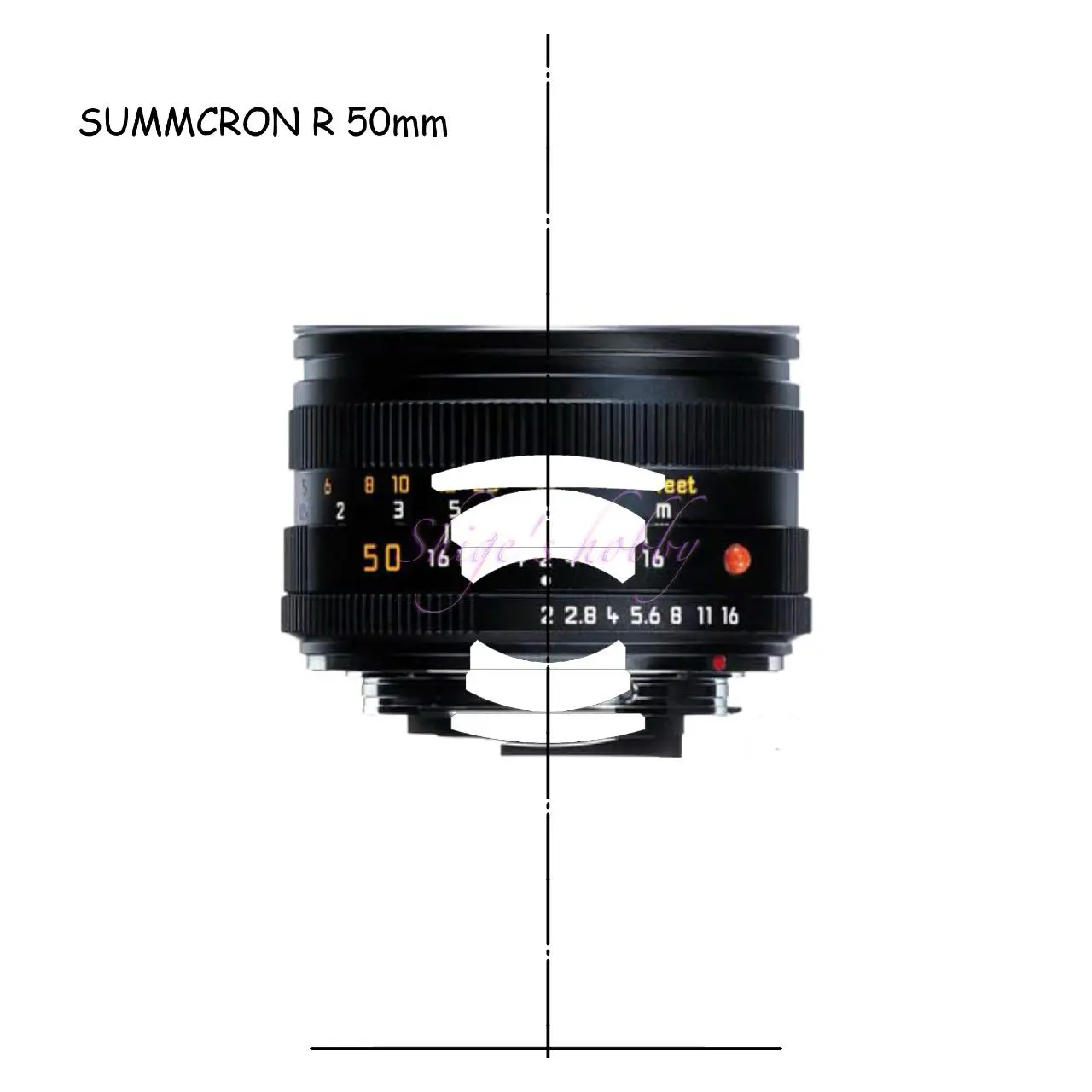
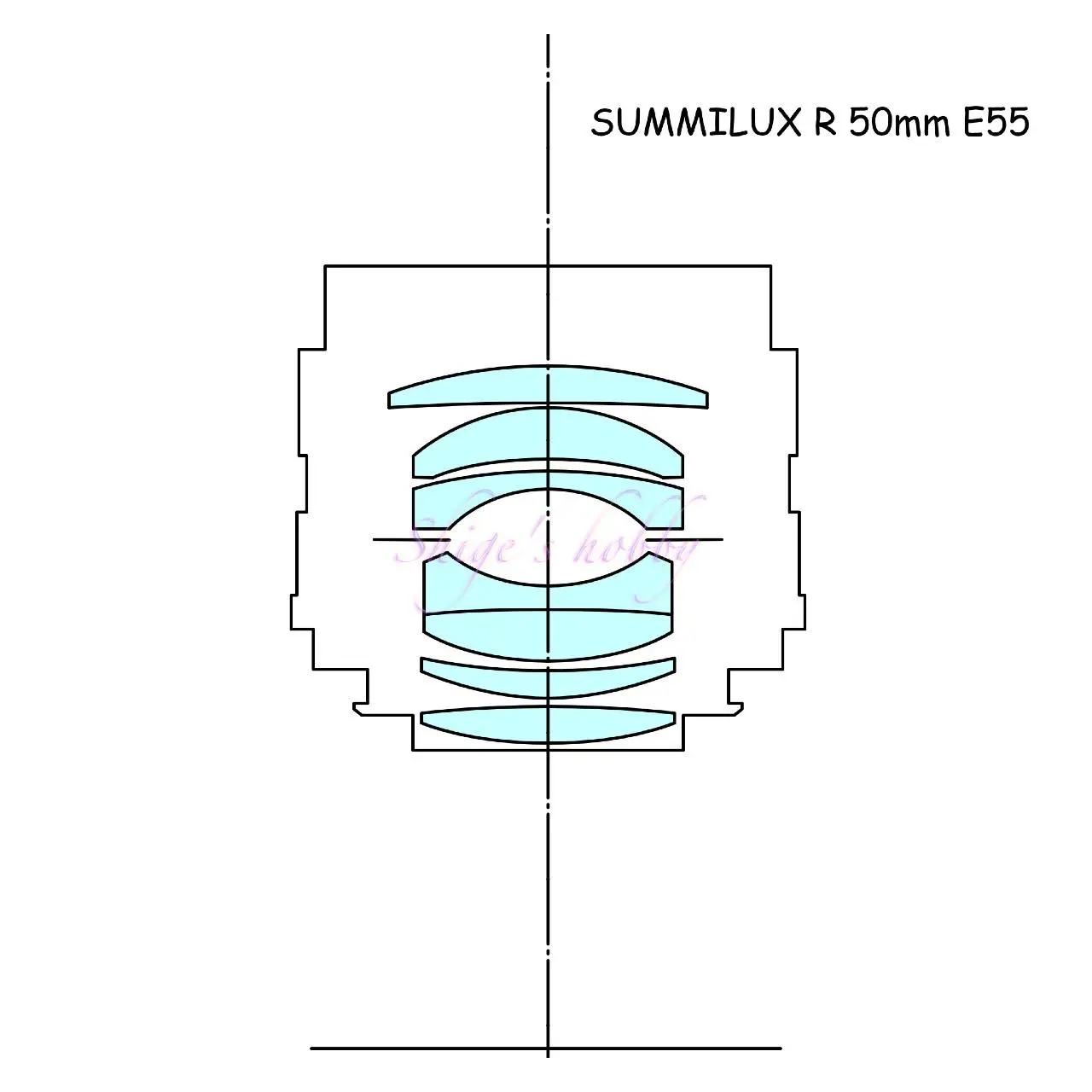
| Items | SUMMICRON | SUMMILUX R E55 | SUMMILUX R E60 |
| focal length(mm) | 50 | 50 | 50 |
| Maximum aperture | 2 | 1.4 | 1.4 |
| Minimum aperture | 16 | 16 | 16 |
| Aperture blade | 6 | 6 | 8 |
| Lens Construction | 6elements in 4groups | 7elements in 6groups | 8elements in 7groups |
| Min distance(m) | 0.5 | 0.5 | 0.5 |
| Lens length(mm) | 42.8 | 50.6 | 51 |
| Lens Max diameter(mm) | 64 | 68.5 | 70 |
| Filter Size(mm) | 55 | 55 | 60 |
| Weight(g) | 290 | 395 | 490 |
| Release date | 1976-2001 | 1989~1995(Model 1777) | 1997~2005 |
| Production numbers | 99,736 | 4,149(Late) 35,322(Early) | 2,700 |
Reference links
- All about the R-type Leica / Author: Shinichi Nakamura / Edited by Asahi Sonorama Ads by Amazon
- SUMMICRON-R 50mm F2 Leica wiki
- LEICA Wiki SUMMILUX-R 50mm F1.4 E55
- LEICA Wiki 50mm f/1.4 Summilux-R II E60
- LEICA Wiki 「SUMMILUX 1.4/50-3rd」
Update history
- 2024.12.15
- 2024.02.15:Update article
- 2022.02.06:First draft
Affiliate link
- Leica Lens・Ads by Amazon
- Leica Books・Ads by Amazon
- LEICA R used lens・Ads by Rakuten

Leave a Reply